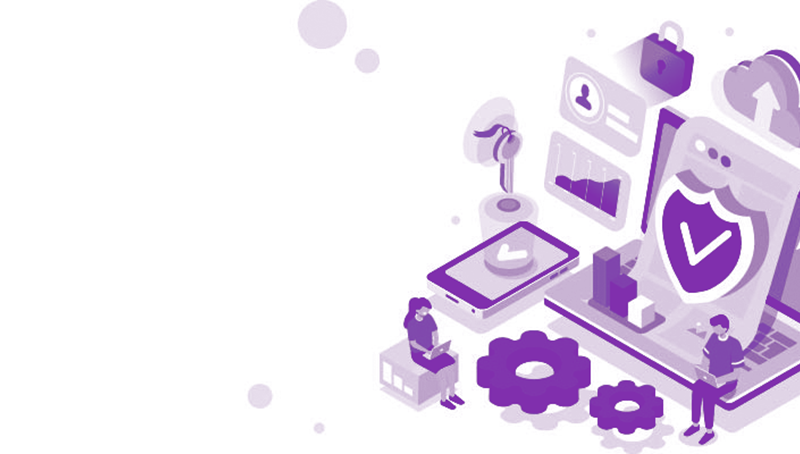TOPIC
IT and Security

Protecting your business against Fast Flux Attacks
8 JULY 2025 - 3 MINS READ
Fast flux attacks represent one of the most sophisticated cybersecurity threats facing organisations today. These evasive techniques allow cybercriminals to hide their malicious infrastructure and...

Modernising Security Operations with Microsoft Sentinel
18 MARCH 2025 - 7 MINS READ
According to Microsoft's 2024 report1, cybersecurity threats have surged tenfold over the past year. This increase isn't just in volume but also in sophistication. Adversaries...

Staying on top of the 2024 Privacy Act reforms
12 NOVEMBER 2024 - 5 MINS READ
Data breaches and cybersecurity threats are rising in Australia. The Australian Cyber Security Centre (ACSC) received over 67,500 cybercrime reports in the 2022-2023 financial year,...

What is Session Hijacking and how to prevent it?
17 SEPTEMBER 2024 - 5 MINS READ
We log into websites and apps all the time, whether it's checking our email, doing online banking, or managing work portals. Each time we log...

Introducing Microsoft 365 Backup
3 SEPTEMBER 2024 - 4 MINS READ
In 2023, there were nearly 94,000 cybercrime reports—up by 23% from the previous year—according to the Australian Signals Directorate Cyber Threat Report 2022-2023. The report...

Secure your data first before exploring AI
14 MAY 2024 - 6 MINS READ
Secure data before delving into AI! Learn why fortifying data security with Microsoft Purview is crucial for AI readiness and business success.

The Holistic Microsoft 365 Security Review that lets your business win against cyber threats
20 FEBRUARY 2024 - 5 MINS READ
Microsoft works hard at keeping its Cloud products and solutions secure and compliant with some of the world’s most rigid security and privacy control frameworks,...

How AI and Microsoft Security Copilot are revolutionising cybersecurity
17 OCTOBER 2023 - 5 MINS READ
In today's ever-evolving cybersecurity landscape, security professionals face overwhelming odds. They battle adversaries who are not just prolific but also exceptionally sophisticated. Case in point...

Should you choose a Best-of-Breed or All-in-One Security Solution?
10 OCTOBER 2023 - 6 MINS READ
Both best-of-breed and all-in-one cybersecurity strategies have their own benefits and drawbacks. This blog helps you to weigh in on this topic.

4 Cybersecurity Frameworks: Which one is right for your business?
3 OCTOBER 2023 - 8 MINS READ
In our recent webinar, we emphasised the need for a shared language that bridges the gap between IT and business when discussing security. Often, IT...
Talk to us
If you would like to learn more, complete the form below and one of our team will be in contact.
Latest Blogs

Protecting your business against Fast Flux Attacks

5 essential Power BI DAX functions for financial reporting

Why Feedback Matters: The secret to exceptional IT support

Solving membership challenges across Australasia: Insights from the Upbeat conference tour